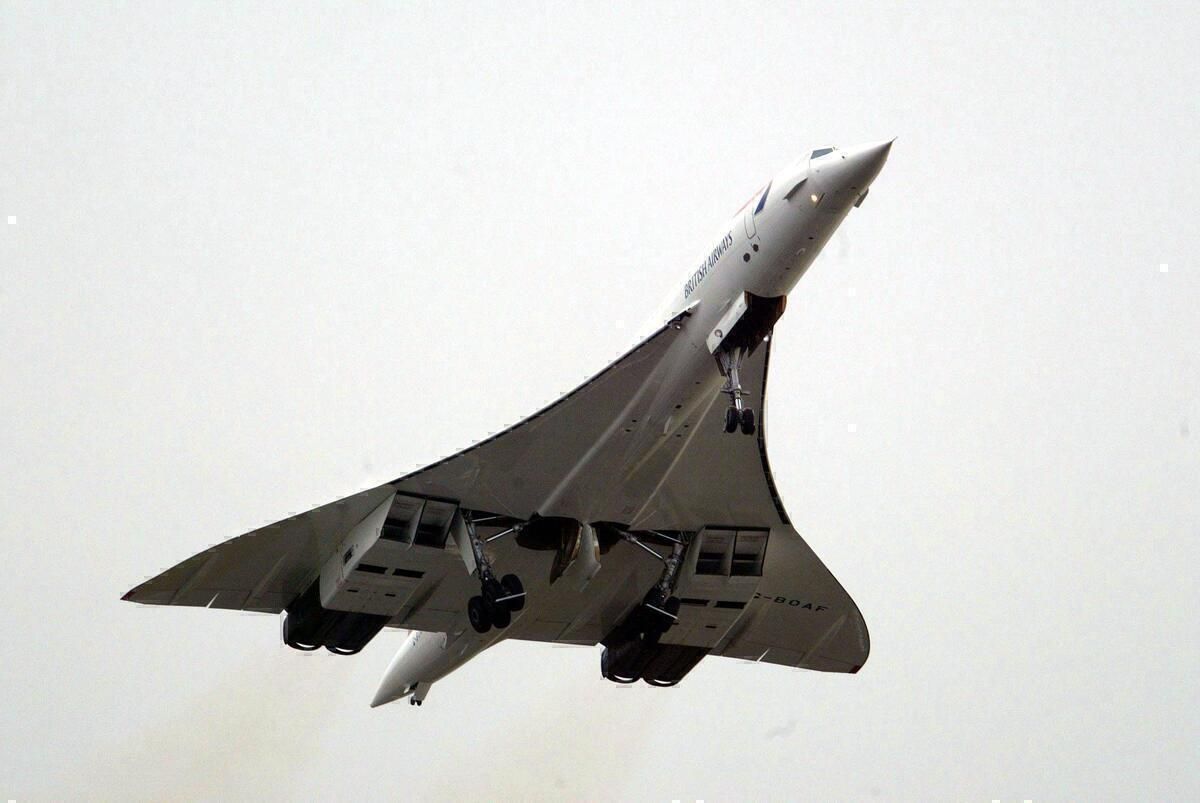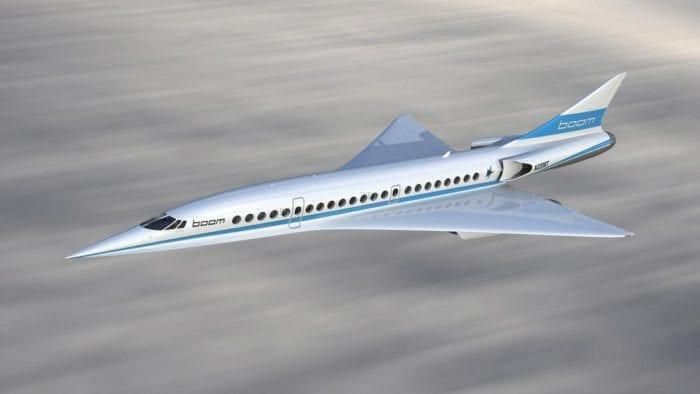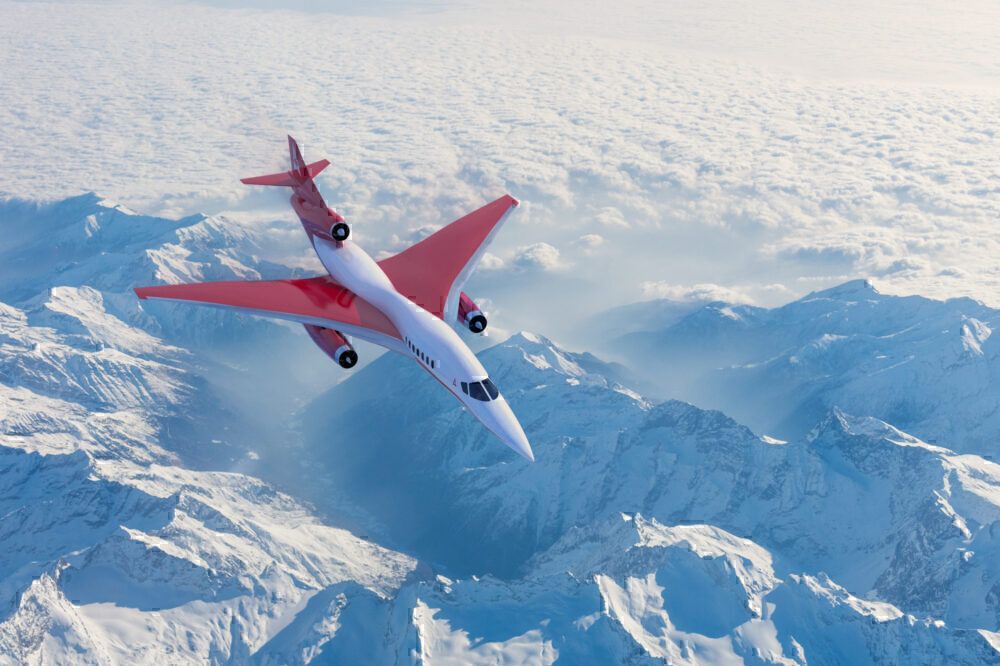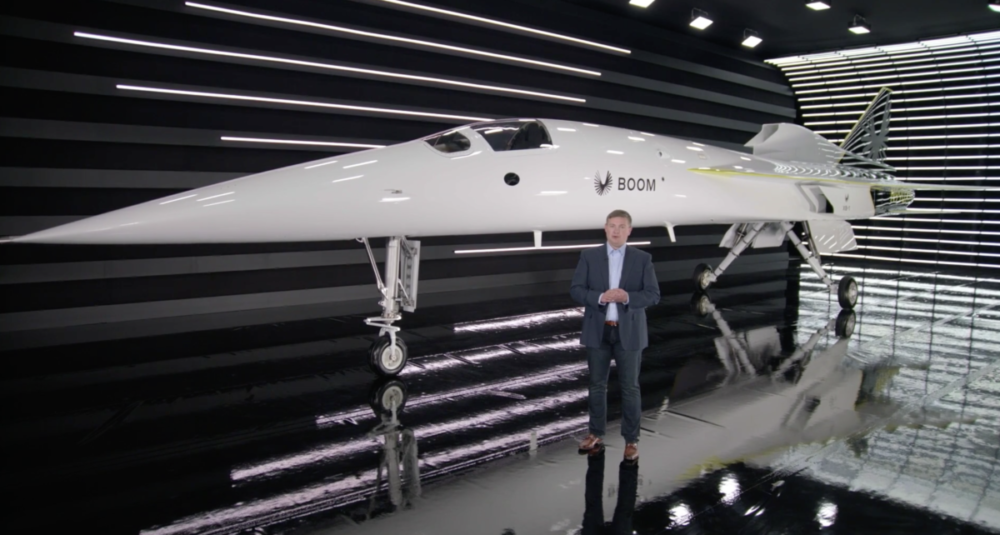Since the Concorde was retired in 2003, no commercial aircraft has been designed to go supersonic. Despite higher speeds amounting to quicker journey times, manufacturers historically haven't explored supersonic aircraft as a viable form of commercial travel.
However, something of a supersonic flight race has opened up over the last couple of years, with planemakers competing to build new commercial aircraft capable of breaking the speed barrier. But what exactly happens when an aircraft goes supersonic?
Stay informed: Sign up for our daily aviation news digest.
Breaking the sound barrier
Supersonic speed occurs when an object travels faster than the speed of sound (Mach 1) - 1,236 km/h. Concorde was capable of a velocity more than twice the speed of sound, clocking in at Mach 2.04 (2,180 km/h). Once an object exceeds Mach 1, it manages to outrun the sound waves it produces, which creates a sonic boom.
The loud crack of a sonic boom is a complication when it comes to supersonic flight. Earlier this year, a mysterious sonic boom in New Jersey shook residents, many of whom mistook it for an earthquake. Concorde flights were limited to transatlantic routes due to the nuisance of the sonic boom, which also forced the plane to slow down overland.
Regulations against supersonic flight
The Federal Aviation Administration (FAA) introduced supersonic flight regulations in the 1970s, soon after Concorde had taken to the skies. As part of The Aircraft Noise Abatement Act, aircraft are prohibited from flying at speeds exceeding Mach 1 over U.S land or within a certain range off-shore.
However, the FAA reviewed its position on supersonic travel in March as part of new proposals that would see a return of commercial supersonic flight. Under the proposals, new landing and takeoff regulations would apply to supersonic aircraft as manufacturers look set to reintroduce supersonic flight in the coming years.
Environmentalists have condemned the new proposals, claiming supersonic aircraft will cause significant damage due to increased fuel consumption and noise pollution. The International Council on Clean Transportation states that supersonic jets use up to six times as much fuel as conventional commercial planes.
The supersonic flight race
Several planemakers are in the process of designing supersonic aircraft that could transform the aviation industry. One design, the Boom Overture, has raised over $150m in funding and has already received 30 orders from Virgin Atlantic and Japan Airlines. In October, the company revealed its first prototype, the XB-1, which is expected to conduct its maiden flight in 2021.
Another company, Exosonic, has partnered with the United States Air Force to develop a new supersonic Air Force One for VIP flights. With aviation companies designing supersonic planes that are much friendlier to the environment, the world may soon see a brand-new era of supersonic flight.
Would you look forward to flying supersonic in the future? Let us know in the comments.




